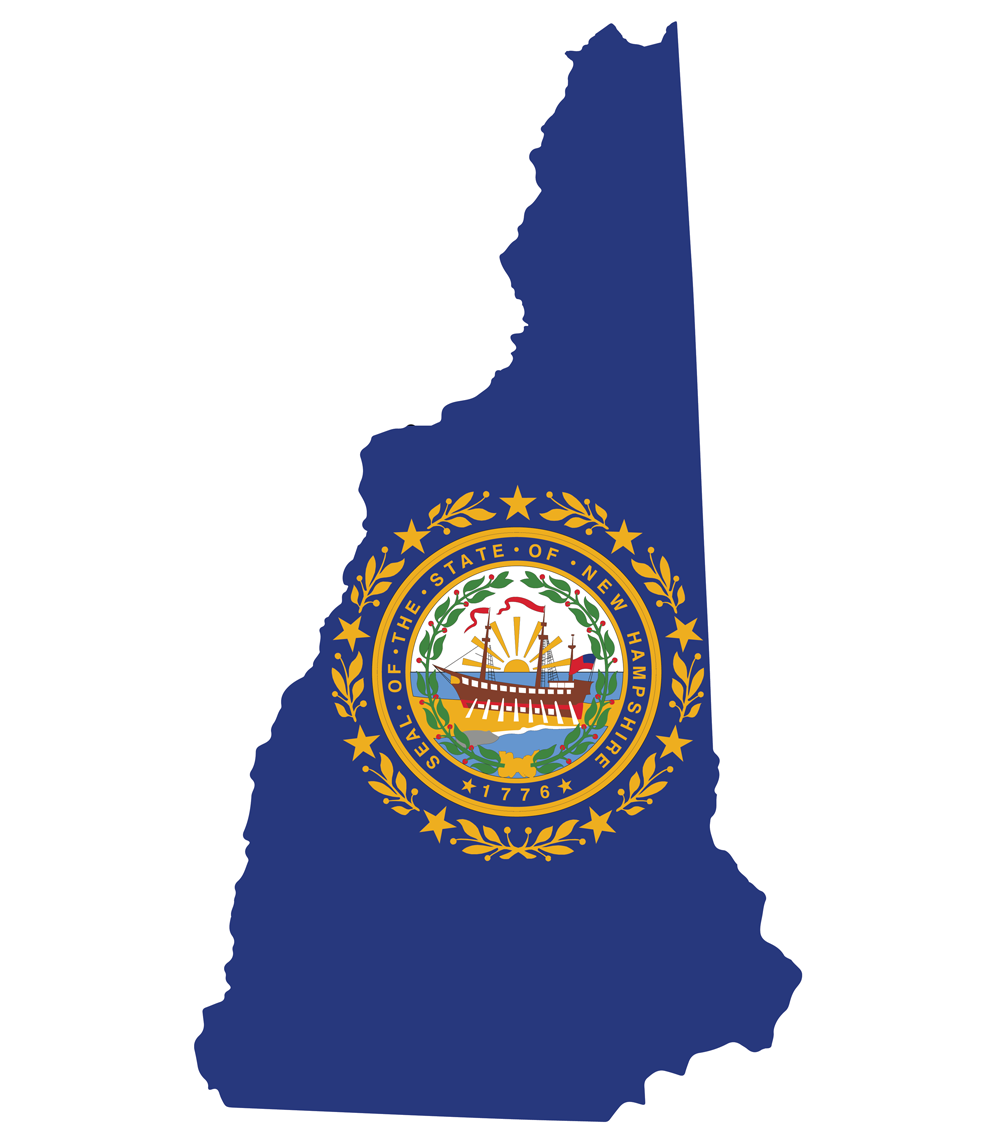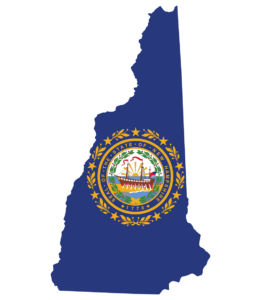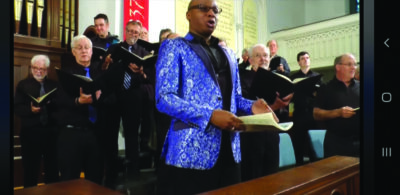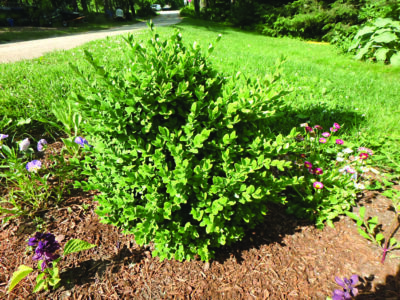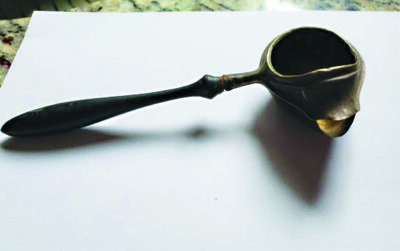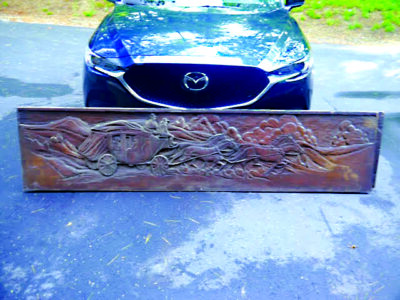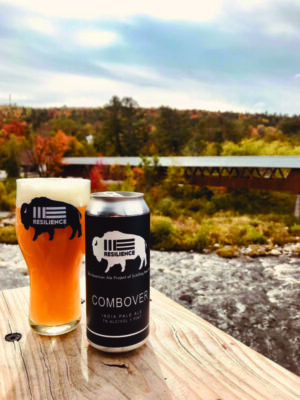| Covid-19 update | As of July 2 | As of July 12 |
|---|---|---|
| Total cases statewide | 99,555 | 99,770 |
| Total current infections statewide | 181 | 197 |
| Total deaths statewide | 1,372 | 1,375 |
| New cases | 100 (June 29 to July 2) | 215 (July 3 to July 12) |
| Current infections: Hillsborough County | 38 | 53 |
| Current infections: Merrimack County | 12 | 11 |
| Current infections: Rockingham County | 42 | 44 |
Covid-19 news
State health officials announced 17 new positive cases of Covid-19 on July 12. The state averaged 28 new cases per day over the most recent seven-day period, an increase of about 17 compared to the week before. As of July 12, there were 197 active cases and 15 hospitalizations.
Also on July 12, officials announced the launch of the NH Mobile Vaccine Van, a new initiative in partnership with ConvenientMD in an effort to increase access to Covid-19 vaccines. According to a press release, the van is due to begin operation on July 15 and will run throughout the summer, offering all three of the FDA-authorized vaccines in addition to translation services. It’s available to appear at local community events such as festivals, neighborhood block parties and farmers markets at no cost. The van is set to hold two upcoming vaccination clinics this week — at the Roundabout Diner in Portsmouth on Thursday, July 15, from 8 a.m. to 3 p.m., and at the Sunapee Farmers Market on Saturday, July 18, from 8:30 to 11:30 a.m.
Housing stability
The Council on Housing Stability released its three-year Strategic Plan last week, according to a press release from the New Hampshire Department of Health and Human Services. The plan is a roadmap that coordinates actions and resources and seeks to increase housing availability by 13,500 units by 2024 to ensure that homelessness in New Hampshire is rare, brief and one-time whenever possible. It includes a three-year actionable framework to address homelessness across the state, with an emphasis on the need for an increase in inventory of affordable housing, the release said. Recommendations include promoting new housing development, reducing barriers to affordable housing and using a data-driven approach to determine regional needs.
The New Hampshire Council on Housing Stability was established by Gov. Chris Sununu on Nov. 18, 2020, and includes stakeholders from across the state, including state leadership, local mayors, and people who have experienced homelessness. The plan is led by the Department of Health and Human Services, in partnership with the New Hampshire Department of Business and Economic Affairs and the Community Development Finance Authority, the release said.
ARPA funds
On June 7, the Manchester Board of Mayor and Aldermen voted to initially approve Mayor Joyce Craig’s recommendations for the city’s use of American Rescue Plan Act funds. According to a press release, most of the programs and positions are funded for the next five years, and during that time the city will measure program effectiveness to make sure it addresses the negative impacts of Covid-19 and helps build a strong recovery for the city. The recommendations will be discussed by the Board of Mayor and Aldermen’s Finance Committee before a final vote. “Manchester residents overwhelmingly cited education as one of the areas to which they would like to see ARPA funds allocated, and we look forward to working with Mayor Craig and the Board to help expand access to higher education for public school students in Manchester and to support local workforce needs,” Paul LeBlanc, President and CEO of Southern New Hampshire University, said in the release. Greater Manchester Chamber CEO Mike Skelton said in the release that “The Greater Manchester Chamber, along with many community business leaders, support the proposed ARPA spending plan and the investments that will generate and support job growth, stimulate economic activity and expansion, and strengthen the city’s ability to attract and retain its workforce.”
Unemployment numbers
Last week, the New Hampshire Department of Employment Security issued a press release after the weekly unemployment report was released by the United States Department of Labor, stating that the numbers reported for New Hampshire were wrong “and present a misleading view of trends in the state’s unemployment claims.” According to the release, some claimants were counted twice — once when they received their last week of federal unemployment benefits and again as a new claim for state-level benefits the following week. New Hampshire ended participation in the federal pandemic unemployment programs June 19 and instead incentivized people to return to work with a $1,000 bonus payment. The final week of benefits was included in the claims numbers reported by the Department of Labor, and some of those recipients may have qualified for benefits in the state’s regular unemployment program during the week ending June 26 — meaning those same individuals were counted a second time by the Department of Labor, the release said, artificially inflating the state’s numbers. “These numbers are wrong and give the misleading appearance of an increase from the prior week which has not occurred in the prior 3 months,” Rich Lavers, Deputy Commissioner at Employment Security, said in the release. “In reality when you compare claims filed by people in the regular state unemployment program, the weekly claims fell by 19 percent compared to the prior week and federal claims fell by 12 percent in the final week they were available.”
Aircrews from the New Hampshire Wing of Civil Air Patrol departed from airports in Concord, Laconia, Portsmouth and Nashua on July 10 during a statewide emergency response training exercise. According to a press release, the Air Force-assigned trainings focused on Civil Air Patrol’s airborne search and aerial disaster assessment photography skills.
The Manchester School District announced July 11 that longtime district administrator Debora Roukey of Goffstown will be the new principal of Central High School. According to a press release, Roukey is the first female principal in Central’s 175-year history.
A $50,000 Comprehensive Addiction and Recovery Act Local Drug Crisis Grant has been awarded to the Raymond Coalition for Youth, which works to reduce opioid, methamphetamine, and prescription drug misuse among youth and young adults in Raymond and its surrounding communities. According to a press release, the grant is provided by the White House Office of National Drug Control Policy, in cooperation with the Center for Disease Control and Prevention, and will be paid out over five years.
Isabel Povey of Hampstead will represent New Hampshire at the Miss America’s Outstanding Teen Competition in Florida later this month. According to a press release, the Pinkerton Academy senior was crowned Miss New Hampshire’s Outstanding Teen in February 2019 and has served as the state representative throughout the pandemic, volunteering with local food pantries, the NH Food Bank, and the international nonprofit organization Seeds of Hope. Preliminary competitions will be held July 29 and July 30, and the new Miss America’s Outstanding Teen will be crowned Saturday, July 31, the release said.
Clarification
Page 29 of the Hippo’s “Cool Things About New Hampshire” magazine should have said that Hayward’s Homemade Ice Cream served chicken tenders, steamed hot dogs and fries in addition to its homemade ice cream flavors. It does not sell burgers.

